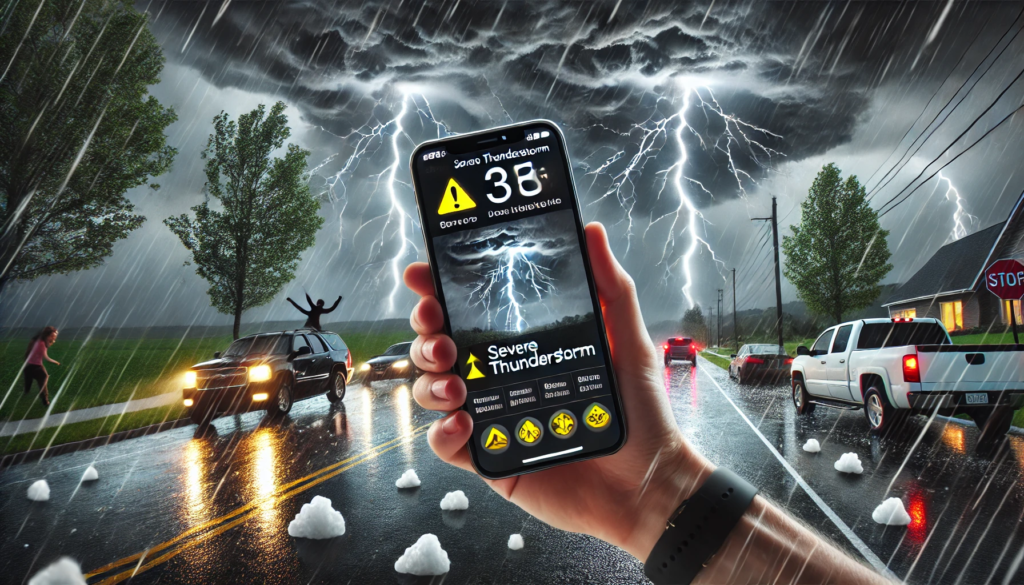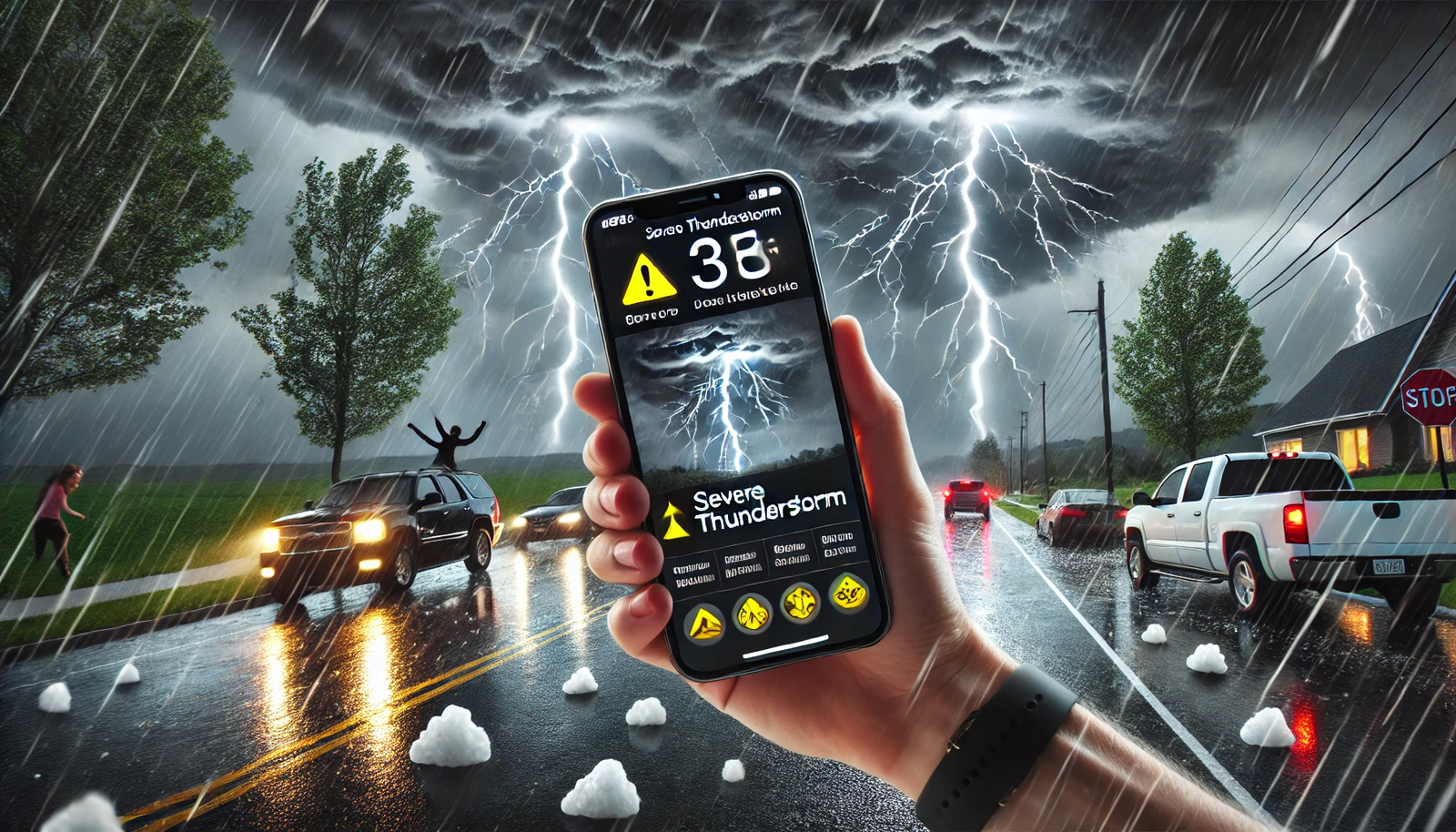Severe Thunderstorm Warnings in the United States: What You Need to Know
Severe weather is common in the United States. This is especially true during spring and summer. The National Weather Service (NWS) alerts people about dangerous conditions. They issue severe thunderstorm warnings when needed. Recent staff cuts have raised concerns about their ability to respond quickly. Here’s what you need to know about these warnings and how to stay safe.
What is a Severe Thunderstorm Warning?
A severe thunderstorm warning is issued by the National Weather Service (NWS) when a storm is expected to produce:
- Winds of at least 58 mph (93 km/h)
- Hail at least 1 inch (2.5 cm) in diameter
These warnings mean severe weather is near. People in affected areas should act fast to stay safe.

How Are Warnings Issued?
The NWS sends severe thunderstorm warnings through various channels, such as:
- NOAA Weather Radio
- Local TV and radio stations
- Weather apps and alerts
- Official NWS websites
Why Are Severe Thunderstorm Warnings Important?
Severe thunderstorms can cause serious damage. Strong winds can knock down trees, damage roofs, and cut off power. Large hail can destroy property and cause injuries. Early warnings give people time to prepare and stay safe.
SpaceX Starship Test Flight Ends
Recent Concerns About NWS Staffing
Recently, the National Weather Service reduced its workforce. About 800 probationary employees and over 100 senior roles were lost. This reduced their staff by 10%.
Some regions experienced major cuts. Cities like Miami, Boston, Houston, and Cheyenne lost over 30% of their staff. These cuts may delay weather warnings, which could put some communities at greater risk.
How to Stay Safe During Severe Thunderstorms
Due to these staffing concerns, you must stay prepared. Follow these tips to stay safe:
- Install Weather Apps: Apps like The Weather Channel, AccuWeather, or your local news app provide fast alerts.
- Follow Trusted Sources: Check NOAA Weather Radio, NWS websites, and reliable news outlets for updates.
- Create an Emergency Plan: Identify safe shelter locations and keep emergency contacts ready.
- Prepare an Emergency Kit: Stock your kit with water, food, flashlights, and batteries.
- Stay Indoors During Warnings: When a warning is issued, stay inside. Move to a safe spot away from windows.


1 thought on “Severe Thunderstorm Warnings”